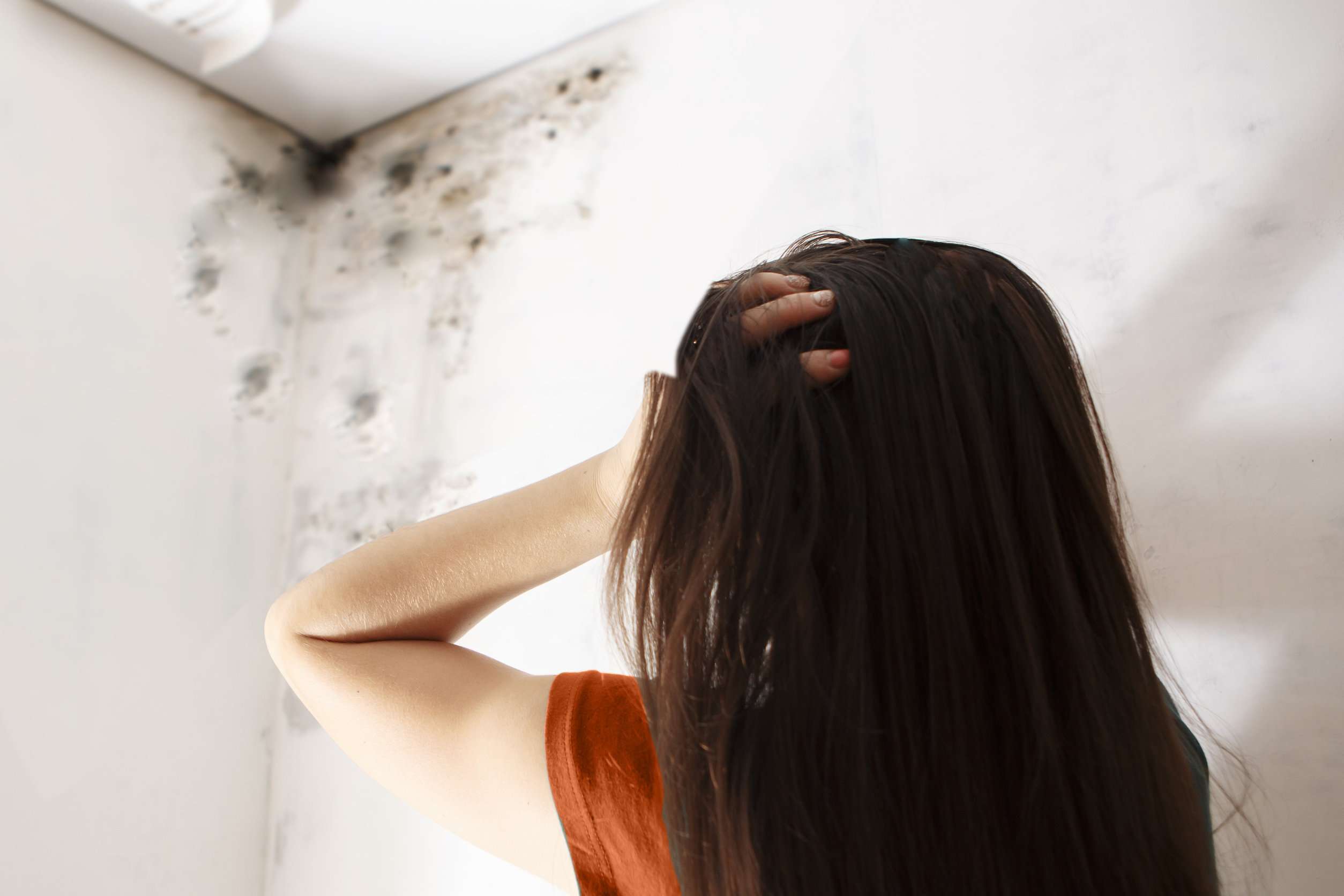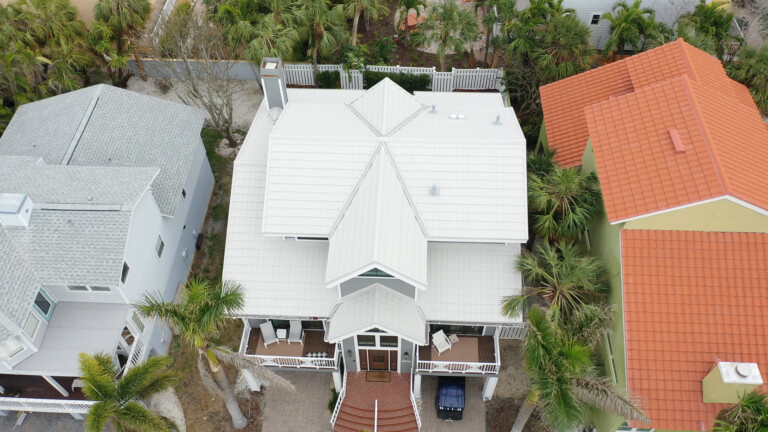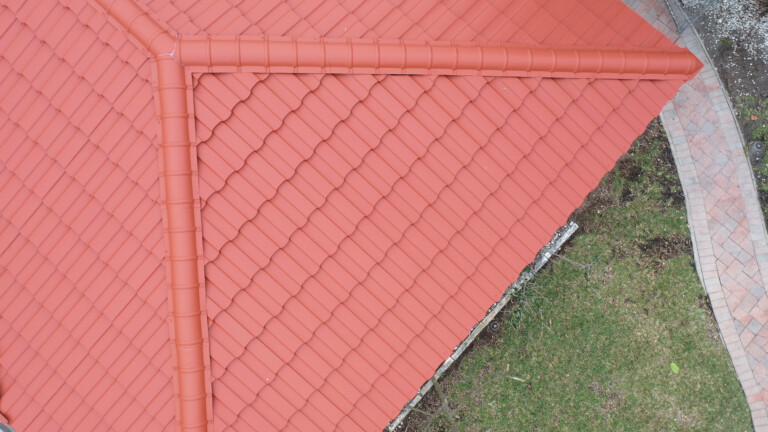What Happens to Your House When a Roof Leak Causes Mold?

What Happens to Your House When a Roof Leak Causes Mold?
Posted on: April 10, 2022
 Any roof leak is bad, but a roof leak that stays hidden long enough to cause mold? That’s a nightmare.
Any roof leak is bad, but a roof leak that stays hidden long enough to cause mold? That’s a nightmare.How Does a Leak Go Unnoticed?
Most of the time, when a roof leaks, you’ll begin to see discoloration on the ceiling or even water dripping down to the floor. This tips you off that you need to have someone come out and check the roof, ASAP. However, on occasion, a small roof leak can drip between walls or into other parts of your home’s structure. When positioned just right, the leak can go on for months or years without the home’s occupants catching on.How Does a Leak Cause Mold?
Roof leaks cause mold in two ways:- Tiny, imperceptible leaks can cause humidity to build up in the attic space over time. This increase in humidity moistens everything, leading to mold growing over essentially every surface.
- More forceful leaks that go unnoticed by the home’s occupants can cause water to pool between walls or in other spaces. This stagnant water is the perfect environment for mold growth.
How Do I Deal With Mold Caused by a Roof Leak?
If a leaking roof has caused mold to grow in your attic, between your walls, in crawlspaces, or anywhere else in your home, it’s imperative that you act fast. Contact a roofing specialist immediately to identify the location of the leak and repair it. For roof leaks in St. Petersburg or surrounding areas, call Shon Boswell Contracting Services at (727) 300-6205 for excellent customer service and a quick repair. Once the leak is repaired, you must contact a mold remediation company for guidance on how to remove the mold already present. The mold remediation company will likely handle the mold in three steps:- Spray with a fungicide to kill all current mold
- Dehumidify the space
- Encapsulate the existing mold staining


